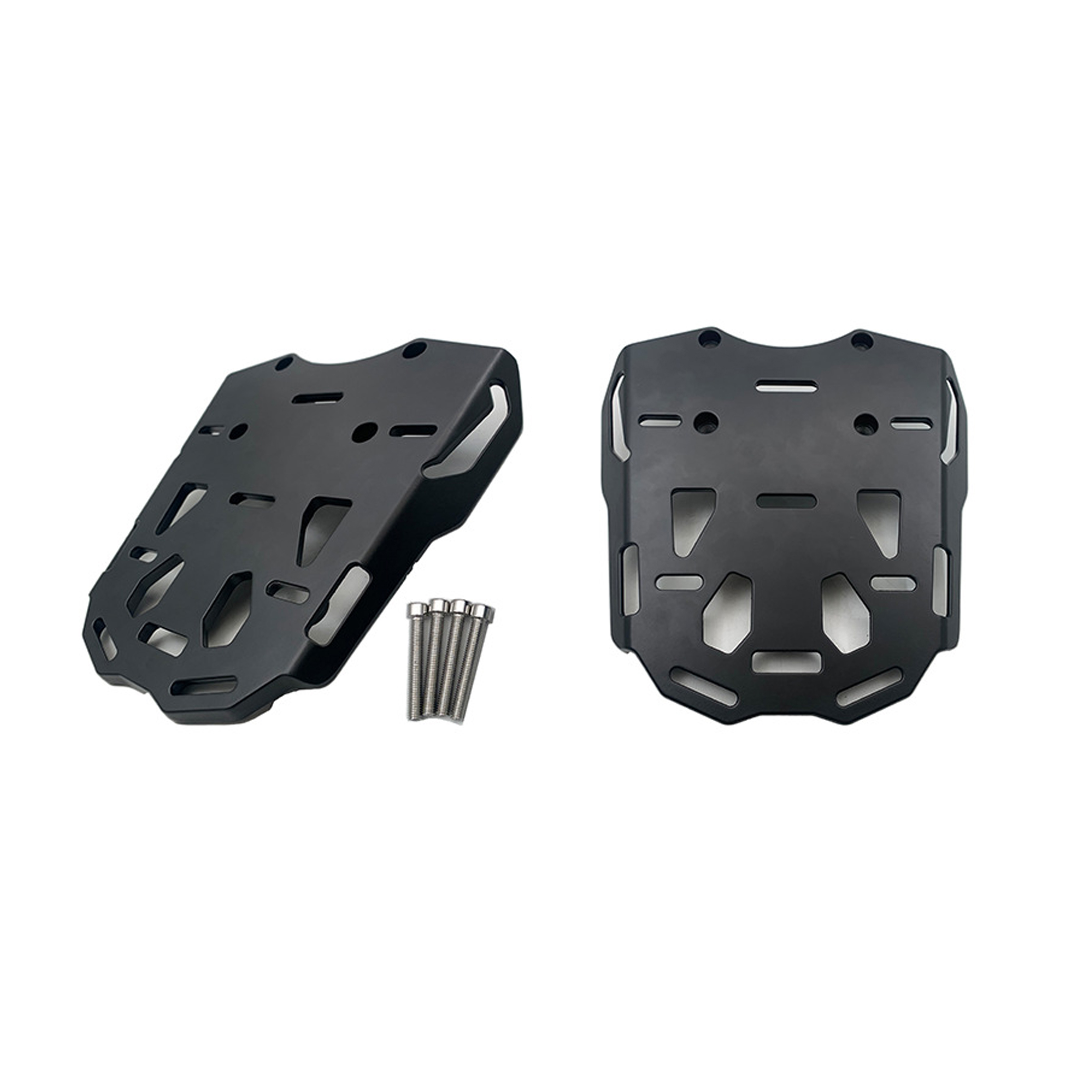For many motorcycle riders, carrying capacity is a vital consideration—whether for daily commuting, touring, or simple errands. Two popular accessories that enhance a motorcycle's utility are the rear trunk luggage case and the rear carrier rack. Both offer distinct advantages in storage and convenience, and understanding their pricing and quality attributes helps riders make informed choices tailored to their needs.

A motorcycle rear trunk luggage case is a storage box mounted at the back of the motorcycle, designed to secure belongings safely during rides. When evaluating the price of these luggage cases, several factors come into play.
Material quality has a significant impact. Entry-level cases made from ABS plastic or polypropylene offer decent durability and are often priced affordably. Higher-end models, constructed with reinforced plastics or incorporating metal elements, tend to command higher prices due to improved impact resistance and longevity.
Secondly, capacity and size affect cost. Smaller cases intended for helmets or daily essentials are less expensive than larger touring trunks that can hold multiple helmets, jackets, or groceries. Riders must consider what volume suits their typical load without over-investing in unnecessary capacity.
Another price influencer is locking and security features. Cases with integrated locking mechanisms, waterproof seals, and quick-release mounts usually come at a premium but provide greater peace of mind and ease of use.
Brand reputation and additional features, such as built-in lighting, reflective strips, or aerodynamic designs, can also raise the price. While budget models may start around $50 to $100, premium motorcycle rear trunk luggage cases can range up to $300 or more.
Ultimately, riders should weigh price against durability and functionality, choosing a case that meets their specific transport requirements without compromising safety or convenience.
The motorcycle rear carrier rack serves as a sturdy platform to support various cargo types, often complementing or substituting for a rear trunk case. When considering a rear carrier rack, affordability and durability are key considerations.
Typically made from steel or aluminum alloys, these racks balance strength with weight. Steel racks are generally heavier but provide load capacity and long-term durability at a lower cost. Aluminum variants are lighter and resistant to rust, appealing to riders prioritizing weight savings and corrosion resistance, though they may be priced slightly higher.
Durability also depends on finish quality. Powder-coated or painted racks resist corrosion and abrasion better, extending the rack's service life even under frequent exposure to weather and road conditions.
Many affordable rear carrier racks come as bolt-on kits compatible with popular motorcycle models, simplifying installation without specialized tools. Riders appreciate racks designed with multiple mounting points, which offer versatility for attaching different cargo or securing straps.
Load capacity varies, but racks support between 10 to 30 kilograms, sufficient for luggage bags, toolkits, or groceries. While budget racks can start as low as $30, well-constructed durable models typically range between $70 and $150, representing good value given their robust build and functionality.
Quality motorcycle rear carrier rack provides an economical and practical solution for expanding carrying capacity. Riders seeking a balance of affordability and durability will find numerous options suited to everyday needs and moderate cargo loads.